Before we discuss the leg cramps remedy, let’s talk about what causes it because sometimes that’s all you need to know.

SEE ALSO: Remedies to help you fall asleep
What causes leg cramps?
First, let’s talk about a few factors that can cause leg pain and cramping. Leg cramps can, as a rule, be attributed to a couple of factors.
Deep Vein Thrombosis (DVT)
One of the more serious health conditions that can cause leg cramps is a condition known as Deep Vein Thrombosis (DVT.).
DVT is a serious health problem, this condition can be simply explained as a blood clot in the deep veins of the leg. DVT has specific symptoms, such as pain, swelling, and redness in a given area of the leg [1].
One might also feel a lump or clot. However, as a rule, a clot will not be palpable. Symptoms of DVT, as a rule, be felt in one leg only. If your symptoms in any respect mimic the above symptoms, it would be prudent to seek a medical opinion immediately.
Electrolyte Imbalance
Might be the only leg cramps remedy you need.
A very important issue that’s often underestimated.
Another health problem that can cause leg cramps and or pain, is an electrolyte imbalance.
At this point, think of the body as a machine, and think of electrolytes as important different types of fuel that help keep the body working properly.
When any given electrolyte is experiencing an imbalance, the human body will be warned with specific signs and symptoms.
So, how can an electrolyte imbalance affect your leg muscles, and cause leg cramps?
There are four major electrolytes that help keep muscles healthy, and work to keep the body well hydrated: Magnesium, calcium, potassium, and sodium.
I am sure you may be at this point wondering, how these electrolytes can become depleted?
Actually, electrolytes can be easily depleted, and they are sneaky in doing so…
For example, if you don’t take the time to eat breakfast, and head off for a day of shopping. Then to add to the problem, you don’t take time to stop at any point to take in a bit of fluid. After shopping for hours, you may feel a bit dizzy, maybe even feel some discomfort or muscle twitching along with pain in the lower legs.
Some people may even feel slight heart palpitations.
You may attribute the uneasy feelings to overexertion, “too much walking, has given me sore legs”.
Well, this assumption might be partially correct. However, the combination of overexertion and lack of food and fluids has increased the body’s need for added electrolytes.
The lack of food and fluids has depleted your electrolytes. This depletion has left you feeling dehydrated. The state of dehydration has created symptoms, such as leg cramps [2].
The symptoms that are being experienced, are true symptoms of an electrolyte imbalance which led to dehydration.
If this is the case, your best leg cramps remedy would be to drink some lemon and salt water or just some plain salt water to replenish the lost electrolytes.
Dehydration is just one of the culprits that can cause leg cramps.
Now, a couple questions…
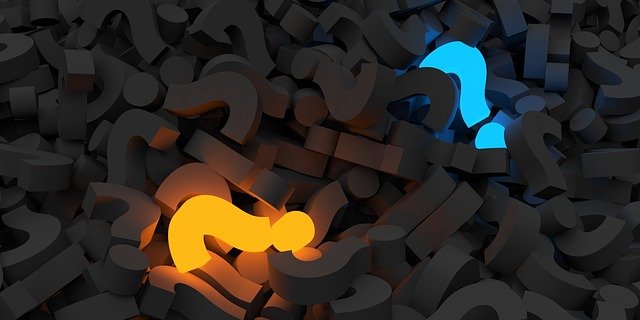
Along with some helpful suggestions.
How often do you have leg cramps?
- I have leg cramps daily.
- Once in a while.
- My leg cramps never go away, I have constant pain.
If you answered 1. and 3. You need to see a doctor.
Do you consider yourself a person that keeps well hydrated?
- Yes, I make sure to take in fluids throughout the day.
- As a rule, I try to take in the proper amount of fluids daily, although I have busy days that I forget to drink fluids.
- I am not a drinker, I know I don’t take in the proper amount of fluids on a given day.
The second common factor that can cause leg cramps is an electrolyte imbalance, which leads to dehydration. if you answered 2. or 3., you need to make sure to drink more fluids during your busy day. It’s recommended one drink eight, 8 oz. glasses of water a day.
Do you skip meals?
- No, I do not.
- Yes, from time to time
- Always, I am a big meal skipper…
If you answered 3. to this question, make an effort to eat at least two meals a day, and add a few healthy snacks in between meals.
Are you a person that is always on the go?
- Yes, I am always on the go…
- No, not really…
- I go in spurts, I have periods where my life is hectic, and then sedentary periods.
Exercise is great, but if you answered 1. to this question, you still may be a candidate for leg cramps. If you are not eating properly, and taking in a proper amount of fluids, you can develop dehydration and all the nasty symptoms that accompany dehydration.
This question is for those that are plagued with recurring leg cramps.
When you are experiencing leg cramps, are they accompanied by other symptoms, such as dizziness, heart palpitations, shortness of breath, lethargy?
- Yes, I do experience some of these symptoms.
- No, I actually just have the leg cramps.
3. This is a hard question, at times when I am having leg cramps I do have some of the above-mentioned symptoms. However, sometimes I just have leg cramps alone.
This question is to bring to light the more severe cases of dehydration. If you answered 1. and 3. You need to alter your daily eating and drinking habits.
You are putting your body through a lot of stress from electrolyte imbalance, which may lead to a more severe case of dehydration.
Which leg cramps remedy should you try first?
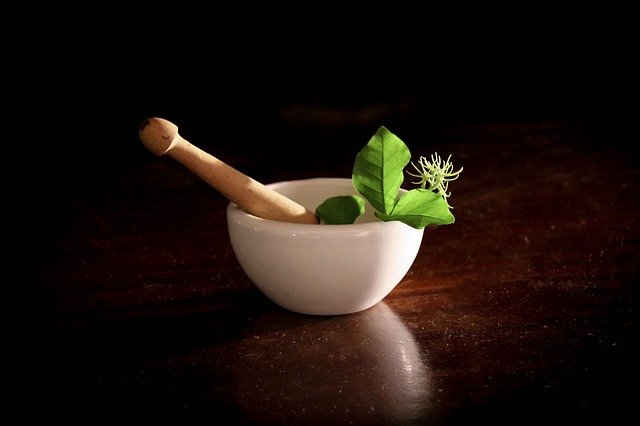
Hopefully, you will take steps to eat better, and make sure to drink enough fluids, especially on busy or stressful days and on the days you tend to do exercise.
Include foods and fluids that contain the four very important electrolytes that can help prevent problems with leg cramping.
These four electrolytes Magnesium, Calcium, Potassium, and Sodium are associated and proven to aid in building, and maintaining good muscle health, along with good bone health.
However, most importantly, Calcium, Potassium, Sodium play a major role in keeping the hydration balance in the human body.
Electrolytes Again
To put it simply, electrolytes, as a rule, do pretty well on their own, keeping themselves in good balance, as a rule. If you’re eating a healthy diet and taking in fluids, all should be well in regards to keeping your muscles in good health, well hydrated, and pain-free. The trouble starts when the electrolytes are depleted.
A good example, after a heavy workout, your body will lose more Sodium through sweat and your body may crave sodium.
This is also why many sports drinks claim to have electrolytes.
So, where does the human body get electrolytes from?
Electrolytes are supplied by what we eat, and drink. It’s as simple as that. Calcium, Potassium, and Sodium, are present in the foods, and fluids we take in. By making sure we eat well and take in ample fluids, we can maintain a good normal electrolyte balance, and hopefully stave off dehydration, and those painful leg cramps that can accompany dehydration.
Foods that are rich in Potassium
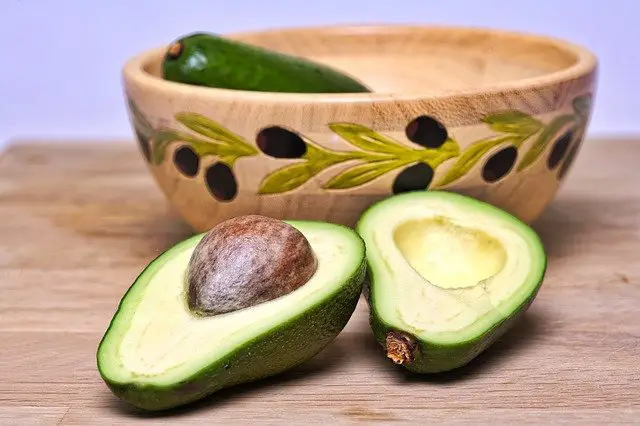
Recommended Daily Allowance of potassium (RDA): 3510 mg [3].
If you’re having leg cramps, and think your leg cramps might be due dehydration, try to consume some foods that will beef up the big four electrolytes. You may be surprised how quickly those leg cramps disappear.
Tip- Start by eating a nice big banana…
Here are some other good food choices that can provide your body with lots of potassium.
Fruits: Apples, apricots, bananas, cantaloupe, figs, honeydew, kiwi, oranges, orange juice, peaches, prunes, strawberries, tomatoes, raisins, prunes, watermelon.
Vegetables: Spinach, Squash, Vegetable Juices, legumes, winter Squash, lima beans, avocados, potatoes, celery, carrots, broccoli, artichoke, asparagus, broccoli, cabbage, corn, dates, green beans, green peppers, Iceberg
lettuce, kidney beans, onions, papayas, parsley, pumpkin, peas, romaine lettuce, sweet potato.
Nuts: Brazil nuts, roasted Peanuts with skin.
Fish: Cod, flounder, sardines, salmon.
Poultry: Chicken, turkey.
Meat: Beef
Calcium Rich Foods
Milk, cheese, yogurt, plain, skim milk, wheat bread, cereals ( most cereals have calcium added)
Vegetables: Collards, Rhubarb, Potatoes, Spinach, Soybeans Turnip greens, Collards, Black Eyed Peas, White potatoes,
Fish: Finfish, sardine, Atlantic, canned in oil, drained solids with bone
Sodium, A little Goes A Long Way…
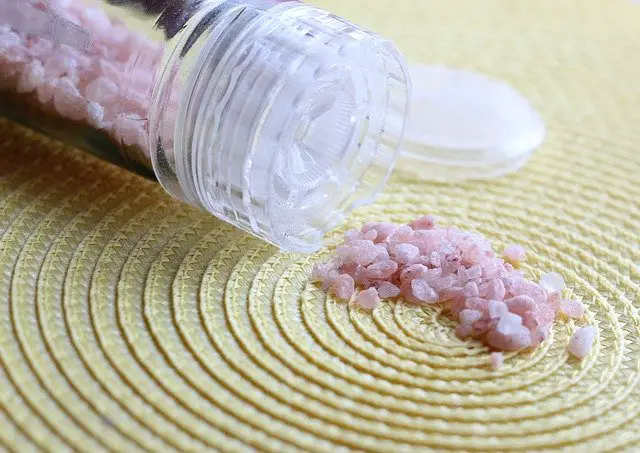
The current recommendation is to consume less than 2,300 milligrams (mg) of sodium a day [4]. This is about 1 teaspoon of table salt per day. It includes all salt and sodium consumed, including sodium used in cooking and at the table.
Sodium is important for hydration and good health.
Sodium is one of the electrolytes that are very important for cell health and plays a key role in keeping the body hydrated.
Sodium works to push water into cells, while potassium does its job of pushing waste out of cells. This balance between sodium, and potassium actually helps to prevent dehydration and promotes healthy cell function.
Sodium is especially important during physical activity, due to electrolytes being lost through active sweating. Adequate levels of sodium are needed to maintain this delicate balance in the body.
Sodium is prevalent in most foods, it’s not hard to find foods that contain salt. However, in the case of dehydration, one needs a bit of salt, to replace what the body lost in its state of dehydration.
In a pinch grab a few potato chips, Salty snacks are a good way to replace sodium.
Healthy Sources of Sodium
Let’s face it, sodium is abundant in processed foods. However, keep in mind most processed foods are also full of saturated fats, Trans fat, along with sugar and preservatives. While these additives can be harmful to your health, it’s possible to find processed foods that add sodium to your diet, without ruining your healthy eating efforts. Salted nuts can provide healthy fats, protein, and fiber along with that needed sodium.
Items typically found in jars can provide sodium, while limiting calories. Foods such as dill pickles, olives, and salsas. Along with, lightly salted whole wheat crackers can also provide sodium and healthy fiber.
Sodium and Sports Drinks:
Sports drinks are specifically designed to combat the problem of sodium deficiency. If your diet contains adequate amounts of sodium, water is sufficient. However, once your activity level exceeds the norm, and you deplete your sodium level, a sports drink will provide the electrolytes needed to restore hydration and cell function in a mild case of dehydration.
Foods Rich in Magnesium
The daily recommended dosage of Magnesium is 310-360 mg for women and 400-420 mg per day for men [5].
Green vegetables: Spinach and Kale,
Nuts and seeds
Legumes: Kidney beans, black beans, and Chick Peas
Seafood: Salmon, Mackeral, and Tuna)
A lot of people also prefer taking Magnesium in capsule form as well.
Leg Cramps That Are Due To Overexertion…
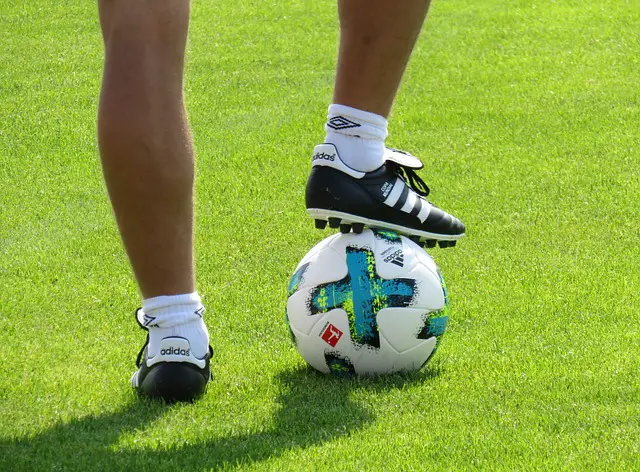
Naturally one can overwork any given body muscle. The leg muscles can easily become overworked, and pain will most often occur in the leg if any leg muscle has had a lot of strain or has been overused.
The most common culprit that can cause leg muscle pain from overuse is exercise. Especially a form of exercise that is new to the body. “The new Zumba class or perhaps you just started a new regime of speed walking?”
Leg muscles can even become sore due to a new shoe style. For example, as a rule, you may wear a four-inch heel to work, and one day you decided to wear a “flat shoe” to work.
The change in the heel height or the change in arch support can play havoc with leg muscles. By the end of the day, you may find that your legs are “killing you”! The following day, your legs hurt even more. You have unintentionally overworked muscles in your legs, that as a rule just don’t get a workout.
This type of leg pain can most often be treated with over the counter “Motrin”, and a long hot soak in the tub.
If your discomfort lasts more than a week, I suggest you see a physician. You may have a muscle inflammation due to muscle damage.
Unsure What Is Causing Your Leg Cramps?

If you are unsure of what is causing your leg cramps, I have a suggestion.
Keep a Diary, on the days you experience leg cramps, jot down what you did that day. For example:” I was shopping, on my feet for four hours.”
Jot down what you ate, and consumed in fluids for the entire day. “I did not eat, I was so rushed today, I did not take time to eat, and took in only a small amount of fluids.
I actually had a fast cup coffee in the morning. I ate dinner at 6 PM. I had a potato, steak, and green beans. In the evening, I had a few peanuts. My leg cramps subsided.”
Make sure to Jot down when your leg cramps subsided.
After you have entered a few days of what you have experienced with your leg cramps, check what you have logged in your diary.
Do you see any correlation in the activity of the day and the food and fluids you consumed?
Did your cramps subside after you ate dinner, and were relaxing for the evening? If this is the case, your leg cramps most likely were caused by slight dehydration, brought on by a fluctuation in your electrolytes.
Muscle Tension – let’s take the crimp out of that cramp…
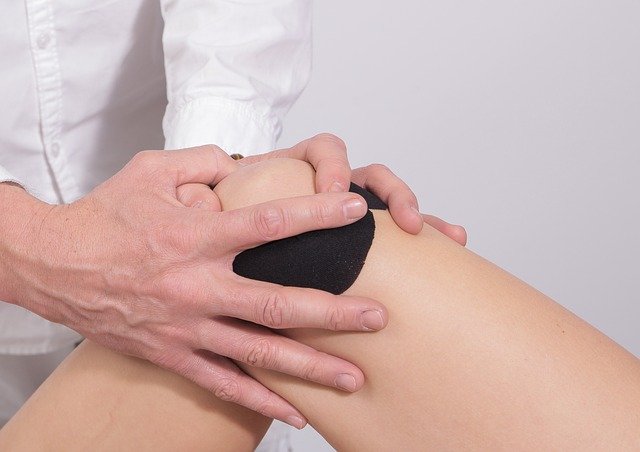
Massage is another superb leg cramps remedy.
Get a professional leg massage if you can or just ask someone who truly cares to give you a massage.
Massage the area very gently… This can help the muscle relax. (never massage an area where you can physically feel any form of lump or nodule.)
S-t-r-e-t-c-h … attempt to slowly stretch the affected muscle.
Try a wall stretch. stand about three feet from the wall, with your knees straight and your heels on the floor. Now, lean into the wall, supporting yourself with your hands. You should feel your calf muscles stretching. Hold for 60 seconds, repeat 3 times.
Sip fluids… If you develop leg camps that you can attribute to overexertion and dehydration, it’s time to sip fluids. Sports drinks or orange juice are good options to help hydrate your body. Focus on eating and drinking, foods and fluids that contain calcium, and potassium. Think – bananas, oranges, milk, yogurt, perhaps even a turkey.
Which leg cramps remedy worked for you?
Please share your experience in the comments below.